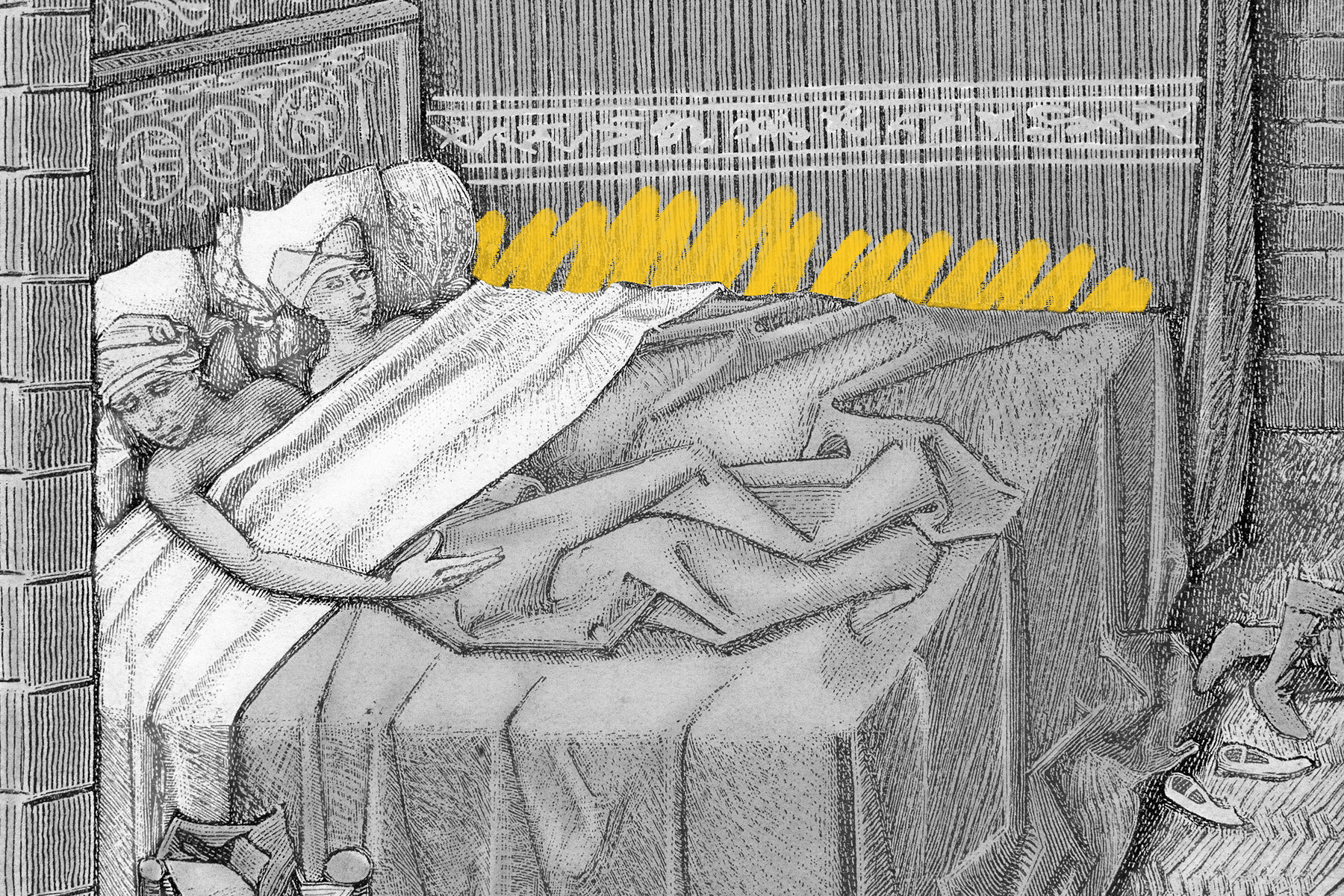Communal sleep was the norm in the Middle Ages.
If you miss sleepovers, you may have been born in the wrong century. Communal sleep was commonplace during the Middle Ages, with entire families sharing the same bed. There was even a standard arrangement in some families, though it wasn’t always adhered to: In many Irish households, for instance, it was typical for mom and dad to be in the middle, daughters on the side of the bed closest to the wall, and sons on the other side. The youngest would be closest to the parent they were nestled next to. Visitors, servants, and friends might join in as well — there wasn’t exactly a surplus of memory-foam mattresses at the time, so sleeping under the same roof tended to mean sleeping in the same bed.
The practice extended to inns and other roadside accommodations, where the individual rooms we enjoy today were much less common and complete strangers were often strange bedfellows for the night. This certainly came with its downsides — you never know how hygienic a fellow traveler might be, to say nothing of whether or not they snore — but “social sleeping” also led to many a late-night conversation that even nobles who could afford their own beds actively sought out.







